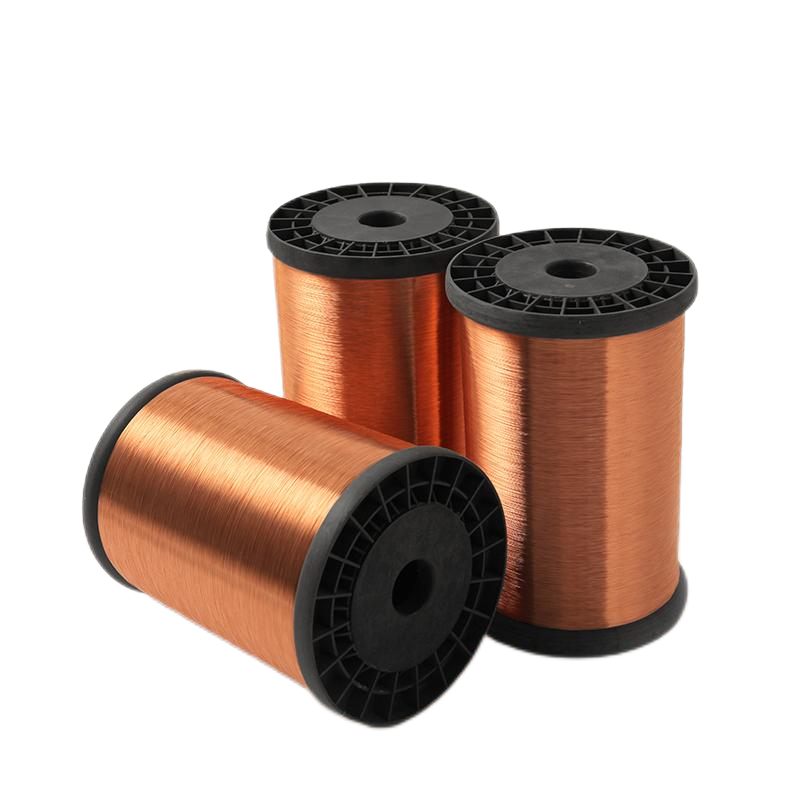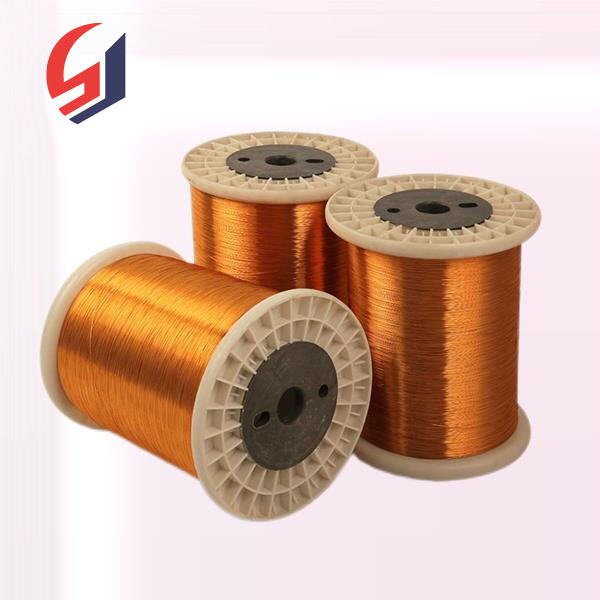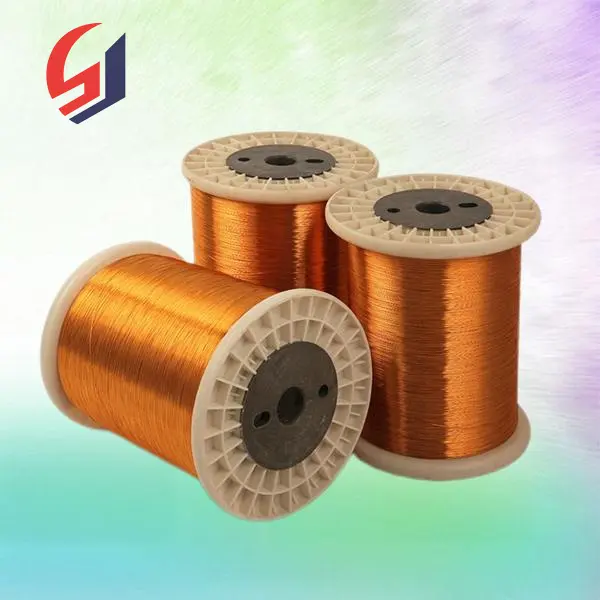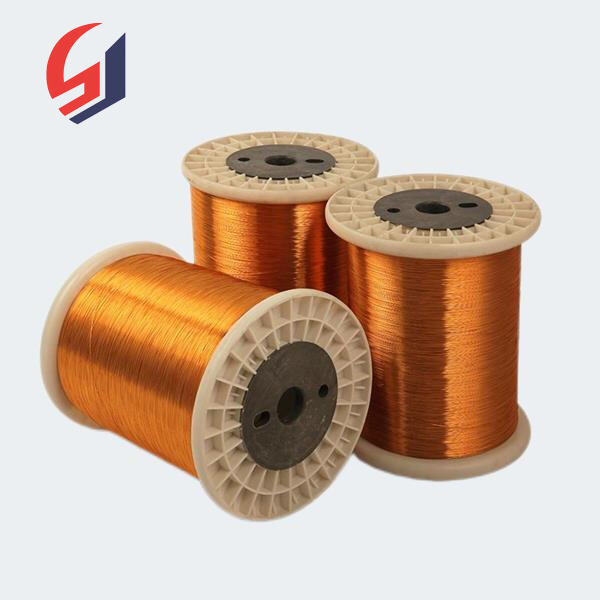CCA sta per Copper-clad aluminum, il che significa che il nucleo interno del filo è in alluminio (che è meno efficace), mentre la parte esterna è in rame. Il CCA ha alcune buone caratteristiche, ma questa combinazione non equivale al rame solido. Il rame solido, come suggerisce il nome, è al 100% rame senza nulla aggiunto. Sebbene sia vero che sia il CCA che il rame solido conducono bene l'elettricità, è importante essere consapevoli di alcune differenze chiave.
Un vantaggio del CCA è il suo costo inferiore rispetto al rame solido. Di conseguenza, i cavi CCA sono più economici da produrre e acquistare poiché contengono meno rame. Questo significa che è una scelta eccellente per progetti con un approccio adatto a budget limitati. Inoltre, il CCA pesa meno del rame puro, quindi è più facile da trasportare e maneggiare rispetto al rame puro. Questa caratteristica di leggerezza consente inoltre all'uso del CCA per l'impiantazione di cavi che richiedono flessibilità (per esempio, quando si inseriscono in angoli o posizioni difficoltose).

 IT
IT


































